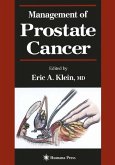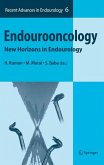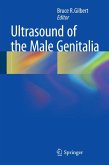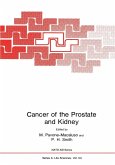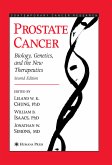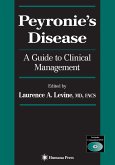Dieser Download kann aus rechtlichen Gründen nur mit Rechnungsadresse in A, B, BG, CY, CZ, D, DK, EW, E, FIN, F, GR, HR, H, IRL, I, LT, L, LR, M, NL, PL, P, R, S, SLO, SK ausgeliefert werden.
"20 chapters in this book read as independent articles that delve into many of the most recent discoveries and controversies surrounding prostate cancer diagnosis. ... It presents a good overview of different variations on the PSA blood test and describes the key elements of prostate biopsy. This is a valuable resource for scientists/clinicians who are dedicated to working in the area of prostate cancer diagnosis. ... The chapters provide excellent discussions of their topics and the book is an excellent resource for readers ... ." (Ethan J Halpern, Doody's Review Service, August, 2008)




